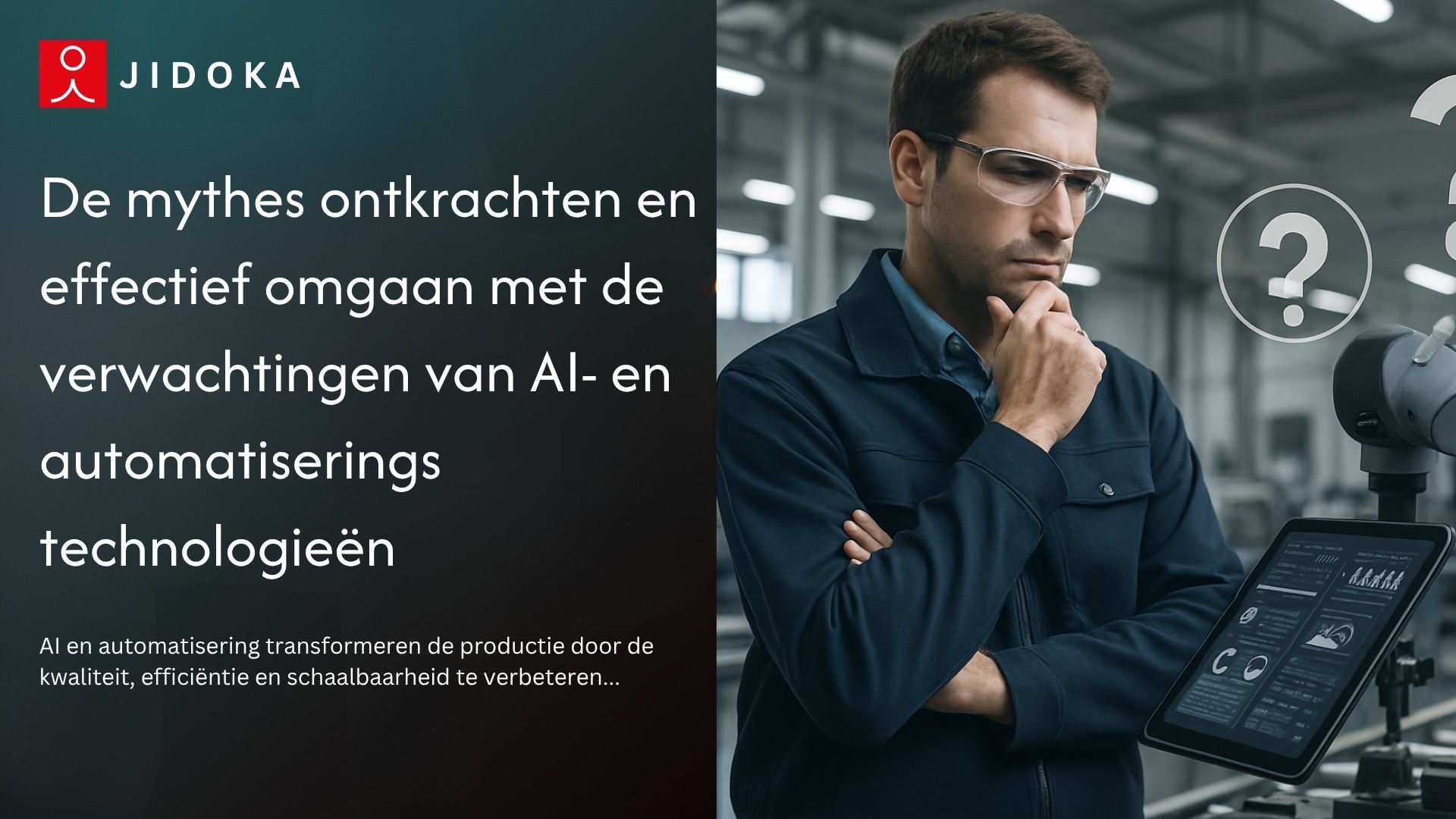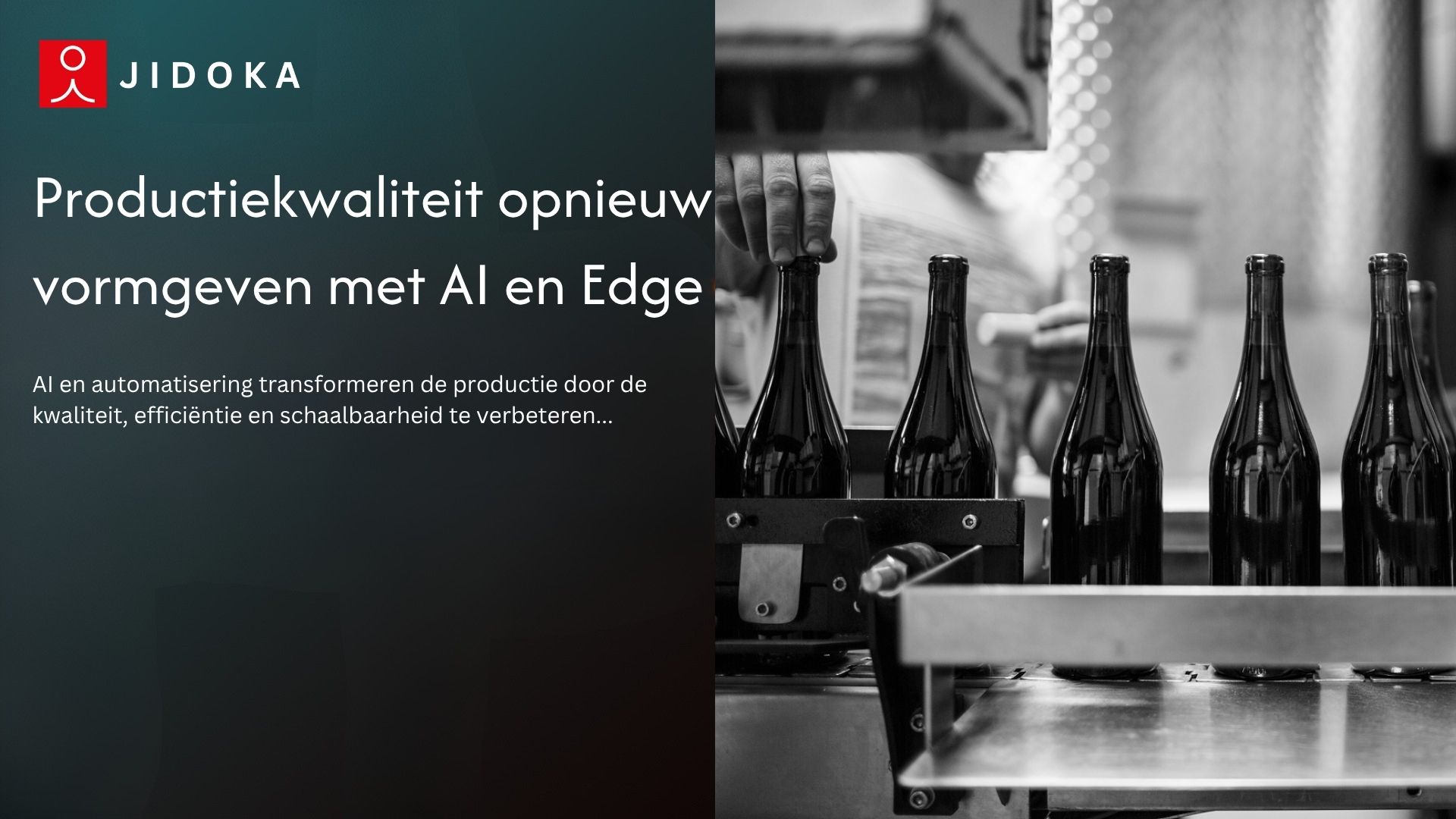Manual inspection slows production and misses defects that cost money and trust. You already know how tiring visual checks get on fast lines. Human inspectors skip small scratches, dents, or label shifts because fatigue builds fast. Studies report a 20 to 30 percent defect escape rate, which holds back factories trying to scale.
More plants now rely on an AI inspection system as the decision engine on the line. It reviews products in real time and keeps accuracy steady. Many teams report cost cuts of up to 30 percent after switching. With a market growing at 25 percent each year, the question shifts from “why adopt” to “how soon.” This guide shows how the full AI stack works across hardware, software, and actuation.
What Actually Is an AI Inspection System?
An ai inspection system reviews each product in real time and keeps quality steady on high-speed lines. It works as a connected setup that uses cameras, lighting, and deep learning models to spot issues operators miss. Plants depend on it to cut escapes, steady accuracy, and reduce rework.
What it includes
- Industrial cameras for clean images
- Controlled lighting for consistent surfaces
- A trained model that reads texture and shape
- PLC links for quick decisions
- Dashboards that show defects and trends
- Support for machine vision inspection systems and intelligent inspection solutions
What makes it different
Traditional vision tools break when lighting shifts or parts rotate. An ai inspection system learns from real production samples and reads items in milliseconds. It tolerates variation and stays consistent across shifts and product mixes.
For example, a snack factory checks cookies for cracks and color issues. Traditional logic fails when batches bake slightly darker. An ai inspection system learns these shades, detects cracks, and runs above twelve thousand items per minute.
Some teams pair it with an automated defect detection system for multi-stage checks and stronger inline inspection AI system coverage. This foundation sets up how the system works across hardware, AI analysis, and real-time decisions on the line.
Under the Hood: How the AI Inspection System Works
An ai inspection system follows a clear technical flow that supports real-time quality checks on fast lines. Each stage plays a direct role in catching issues early and keeping output steady. It also works well with AI powered inspection system setups already used in many plants.
1. Image Acquisition (The Hardware Layer)
Clean images decide everything. Cameras, lenses, and lighting setups capture each product at the right angle and exposure. Plants use dome lights for shiny surfaces, bar lights for texture issues, and coaxial lights for printed details.
If the image is unclear, the model struggles. Most failed trials come from shaky mounts, bad lighting, or exposure changes during long shifts. Strong setups support visual inspection automation for quality control and consistent defect results.
2. Pre-Processing and Enhancement
The system cleans every frame by removing noise, balancing contrast, and cropping the right region. Cleaner frames help the model stay consistent even when lighting changes slightly during long shifts.
3. Deep Learning Analysis (The Cognitive Layer)
The ai inspection system reviews texture, shape, edges, and printed details in milliseconds. It identifies cracks, dents, or label shifts and supports inline inspection AI system use cases for high-speed production.
4. Decision and Actuation (The Physical Action)
After analysis, the ai inspection system sends a pass or fail signal to the PLC. The line removes faulty items using pushers or air jets. Some factories pair this with an automated defect detection system for multi-stage coverage and stronger visual inspection automation for quality control.
These steps set the stage for why strong integration decides how well the entire system performs on a live production line.
The Integration Gap: Why Software Alone Fails
Most teams try to improve quality by adding new AI software, but the real issues show up when the system meets the factory floor. An ai inspection system needs stable lighting, synced triggers, and clean mounting. Without these, accuracy drops and trust fades.
1. Where things usually break
- Lighting shifts during long shifts
- Conveyor vibration blurs images
- Parts change orientation
- PLC timing doesn’t sync with the rejection point
- Operators get inconsistent alerts
These problems make pilots look good on laptops but fail during production. Even strong machine vision quality control setups fall apart when the hardware isn’t aligned with the software.
2. Why full integration matters
An ai inspection system performs best when one team owns the full stack. The system needs the right camera angle, lighting, enclosure, PLC timing, and model tuning. When these pieces work together, you get consistent decisions and fewer false rejects.
Many factories add an automated defect detection system to expand checks across stations and support intelligent inspection solutions that run nonstop. A strong integrator removes guesswork and keeps the system steady on real production lines.
This is where a specialist steps in, and Jidoka Tech fills that role with a complete system built for real production lines.
Jidoka Tech: Your "AI Suit" for Total Quality Control
Jidoka Tech builds an ai inspection system that performs under real production pressure. Their team aligns cameras, lighting, PLC timing, and edge units so the system works across all shifts.
Plants running Jidoka’s setup report consistent performance even at 12,000+ parts per minute and up to 300 million inspections per day. Jidoka’s strength comes from combining two systems that extend the ai inspection system beyond standard checks:
1. KOMPASS: High-Accuracy Inspector
- Reaches 99.8%+ accuracy on live lines.
- Reviews each frame in under 10 ms.
- Learns new variants with 60–70% fewer samples.
- Handles reflective metals, printed surfaces, and textured parts.
KOMPASS supports AI powered inspection system deployments where consistency matters.
2. NAGARE: Process and Assembly Analyst
- Tracks 100% of assembly steps through existing cameras.
- Flags missing parts or wrong sequences in real time.
- Cuts rework by 20–35%.
NAGARE reinforces machine vision inspection systems, intelligent inspection solutions, and station checks.
Jidoka runs the full ai inspection system on local edge units to avoid delays. Many teams extend coverage with an automated defect detection system, inline inspection AI system, and visual inspection automation for quality control.
Connect with Jidoka to benchmark your current inspection accuracy.
Conclusion
An ai inspection system helps factories keep quality steady and maintain speed across all shifts. It reviews every item with the same focus and gives teams reliable data to improve output. Many setups struggle once they meet real production conditions: lighting changes, part variation, and timing differences can make results inconsistent. These issues often show up as rising rework, slow decisions, and higher inspection effort.
When accuracy drops or the system can’t hold stability, production teams spend more time adjusting equipment than checking quality. Small issues start to move forward in the line, and the cost of correction grows with each stage.
Jidoka Tech solves these problems with a system designed for live factory use. Their KOMPASS and NAGARE engines keep inspection stable, guide operators in real time, and give teams a dependable quality layer across every shift.
Reach out to Jidoka Tech to understand how KOMPASS and NAGARE fit your workflow.
FAQs
1. What is the difference between machine vision and AI inspection?
Machine vision follows fixed checks and struggles when lighting or part orientation shifts. An ai inspection system learns from real samples, reads texture and shape accurately, and works well on fast lines. It supports machine vision inspection systems, intelligent inspection solutions, and other high-speed inspection setups.
2. Does Jidoka provide hardware or only software?
Jidoka delivers the full stack including cameras, lighting, mounts, PLC timing, edge units, and AI models. Their team builds a complete ai inspection system, not a standalone tool. This includes support for visual inspection automation for quality control and integration with an automated defect detection system when multi-stage checks are required.
3. How much data is required to train the AI?
Most projects need a few hundred sample images. Jidoka’s industrial dataset reduces this requirement because their models already recognize many defect patterns. This helps the ai inspection system learn faster and supports AI powered inspection system deployments without long training cycles or complex data collection phases.
4. Can the system integrate with my MES or ERP?
Yes. Jidoka’s ai inspection system sends decisions, timestamps, and defect images to MES or ERP platforms through APIs. This supports traceability, dashboards, and inline inspection AI system reporting. Many teams use it to automate quality documentation and remove manual record updates across shifts.
5. Can the system run without internet access?
Yes. Jidoka runs the ai inspection system on local edge units. This keeps data secure, maintains fast decisions, and prevents downtime during network issues. Plants combine it with an automated defect detection system and machine vision quality control tools to maintain consistent checks across all stations.
%20What%20is%20an%20AI%20Inspection%20System%20%26%20How%20Does%20It%20Work_.jpg)







